Absolute levels – The total spore concentration at any given location. (See Relative levels).
Actinomyces – A group of filamentous gram-positive bacteria.
Airborne mold – Mold spores. (See Spores).
Air Sample (Viable) – A viable air sample identifies the types of organisms present in a location, that are capable of growing if the optimum conditions for growth are provided. A viable air sample is collected by impacting a known volume of air onto the surface of a nutrient media. The nutrient media is incubated for a period of time during which the organisms mature and then can be identified and enumerated by the laboratory. Examples of viable air samples include the BioCassette(TM) and the Andersen.
Air Sample (Non-Viable) – A known volume of air is impacted onto the surface of an adhesive which captures the particulate matter present including but not limited to fungal spores, pollen and skin cells. The particulate matter collected can then be identified and enumerated by the laboratory. Examples of non-viable air samples include the Zefon Air-O-Cell (TM) and the Allergenco.(TM)
Algae – Unicellular or multicellular organisms having chlorophyll but lacking multicellular sex organstypical of plants.
Anamorph – The asexual part of a fungi¹s life cycle. The spores produced are asexual (mitosporic). In many fungi this is the only type of reproduction that occurs.
Ascomycete – A large group of fungi, which produce their meiospores (ascospores) within structures called asci. (See Meiospores).
Ascospores – The meiospore produced in the ascus of an ascomycete.
Bacteria – A group of unicellular prokaryotic organisms, some of which are important as pathogens and for their biochemical properties.
Basidiomycete – A large group of fungi, which produce their meiospores (basidiospores) on the surface of a structure called a basidia.
Basidiospores – The meiospore of a basidiomycete.
Biocide – A substance, which kills living organisms.
Biodegradable – A material capable of being broken down by microorganisms.
Biodeteriogen – An organism capable a causing an undesirable change by its physical or metabolic activity.
Bulk sample – A raw sample of a material suspected of being contaminated with mold that can be sent to the laboratory for analysis.
Cellulolytic fungi – Fungi capable of utilizing (breaking down) cellulose-containing material. Examples include Chaetomiumspecies and Stachybotrysspecies.
Cellulose – The principal polysaccharide of plant cell walls.
Coelomycete – Conidial anamorphs produced within a protective structure such as a pycnidia Conidia – An asexual spore formed by many different types of fungi.
Conidiophore – Specialized hyphae on which conidia are formed.
Dry rot – A type of brown rot decay caused by the basidiomycete Serpula lacrimans.
Fruiting body – A general term for the spore bearing structures in fungi.
Fungus (Fungi pl.) – Eukaryotes that produce exoenzymes and absorb their food: usually producing, and living inside, a network of apically extending, branched tubes, called hyphae. Genus – Taxonomic rank below family. Examples of genus level names are Cladosporium, Alternariaand Pithomyces. These names are always capitalized.
Hypha (Hyphae pl.) – One of the individual filaments of a mycelium
Hyphomycetes – Conidial anamorphs producing exposed conidiophores.
Indoor air sample – A sample taken from an indoor source. Usually compared with an outdoor sample to determine if there are elevated concentrations of spores present indoors.
Lichen – A duel organism composed of a fungus and an algae or cyanobacteria.
Macrofungi – Fungi having large spore-bearing structures. Meiospores – Spores resulting from sexual reproduction (meiosis).
Mycelium – A mass of hyphae.
Myxomycetes -The Slime molds. Although not fungi, produce spores, which are morphologically similar to several groups of the true fungi.
Non-Viable sample – A sample taken for the purpose of determining what organisms are present. A non-viable sample cannot differentiate between viable and non-viable organisms.
Non-biological particles – Particles such as geologic debris, synthetic fibers, gypsum dust, etc.
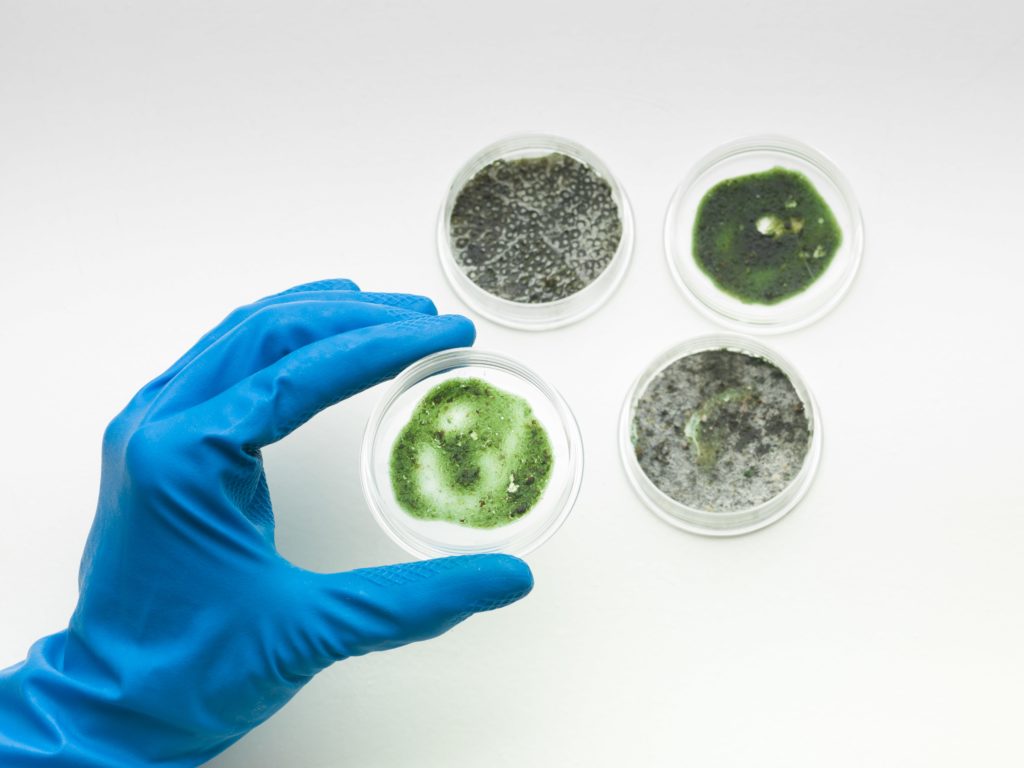
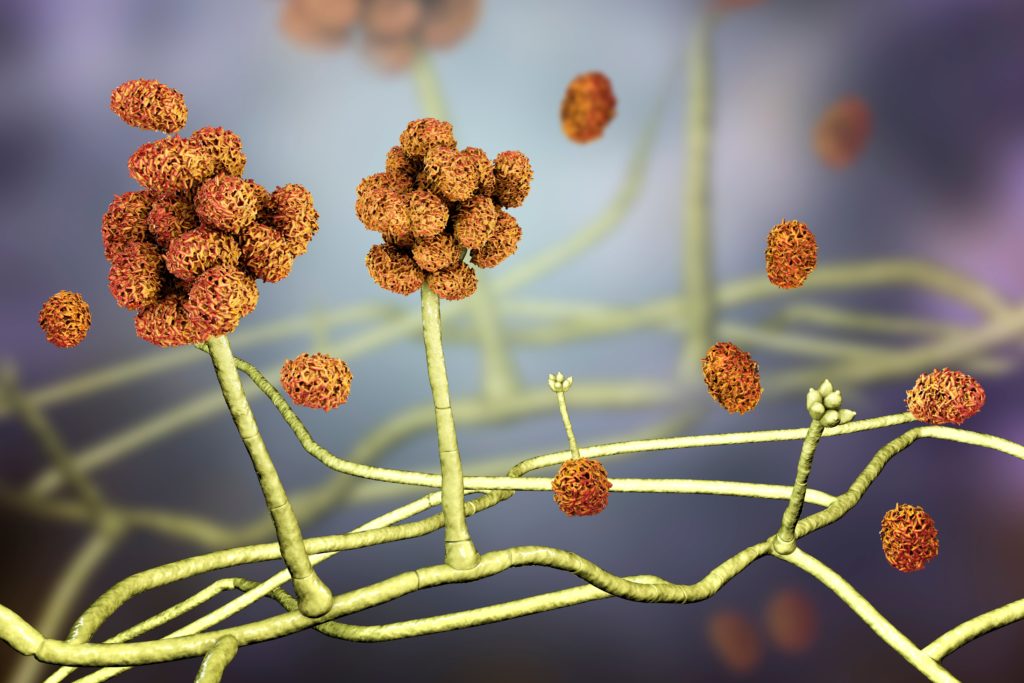
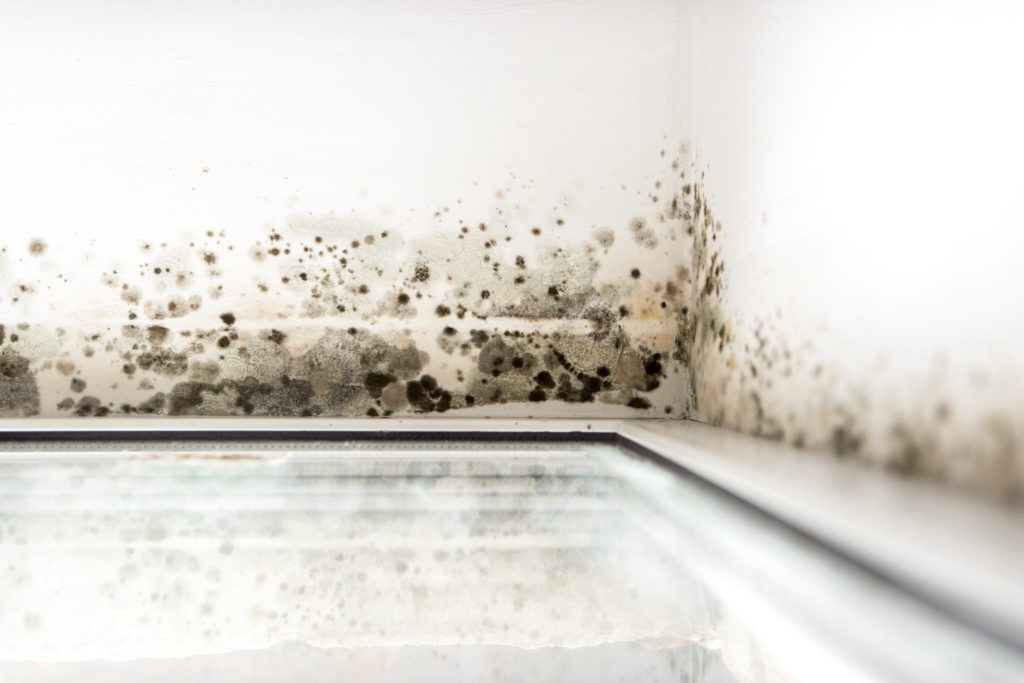
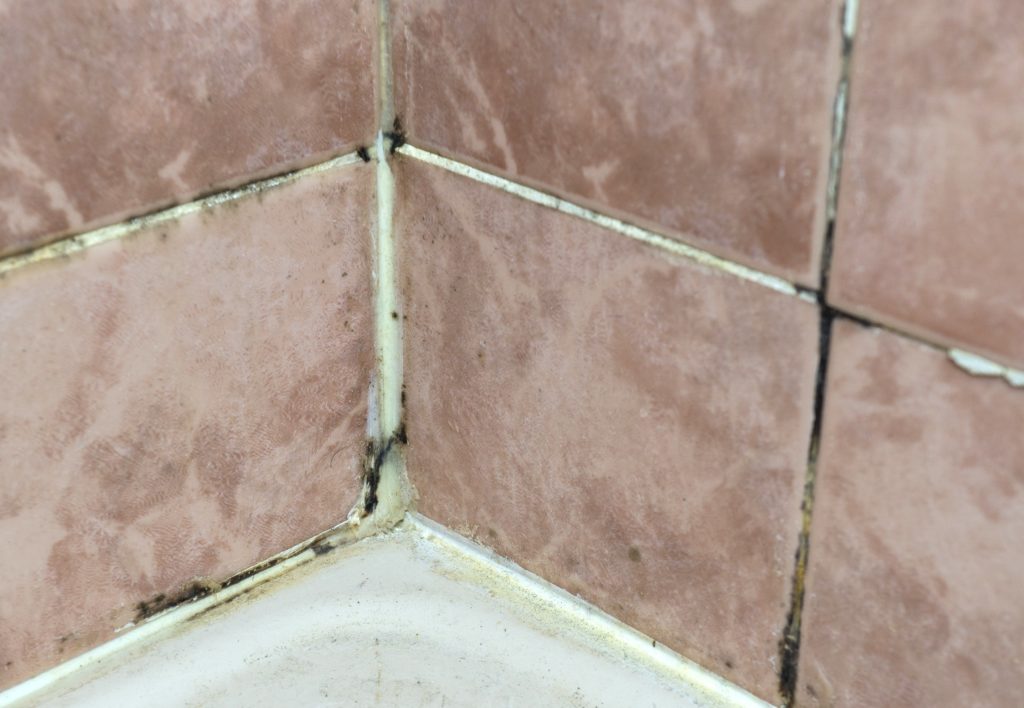
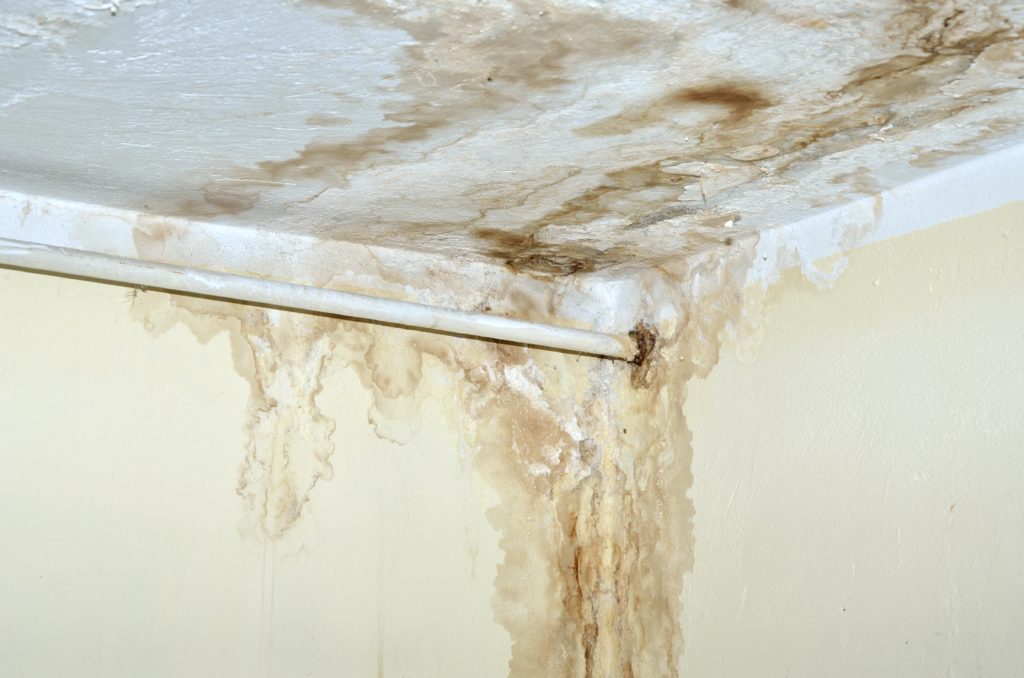
Outdoor air sample – A sample taken from an outdoor source. Usually compared with an indoor samples to determine if there are elevated concentrations of spores indoors.
Pathogen – A parasite capable of causing disease in a particular host or range of hosts.
Pycnidia – An often flask shaped conidiomata of fungal tissue which is lined on the inside with conidiophores.
Relative levels – The spore concentration of one location relative to that of another. An example would be comparing the indoor concentration of spores relative to spore concentrations outside.
Saprobe – A heterotrophic organism that derives food from dead organisms, or from organic substances liberated by living ones.
Scientific name – An organism¹s scientific name usually consists of a genus designation and a species designation, together this is called a binomial. Examples of binomials are Ulocladium atra, Alternaria alternataand Homo sapien.
Species – The lowest-ranking common taxonomic rank. These names are not capitalized.
Spore chains – Chains of fungal spores indicating fresh growth. Examples of genera that produce spores in chains include Aspergillus, Penicilliumand Cladosporium.
Spore (fungal) – A microscopic propagule acting as an agent of dispersal capable of giving rise to a new colony. Surface sample – A sample taken from the surface of a material suspected of being contaminated. These types of samples include swabs samples and tape samples.
Swab sample – A sample collected by applying a swab to an area suspected of being contaminated with mold. The sample thus collected can be processed and analyzed by the laboratory to detect the mold present.
Tape sample -A sample collected by applying and pealing away a transparent piece of tape on a surface area suspected to be contaminated with mold. During this process, the mold present on the surface sampled adheres to the surface of the tape. The sample thus collected can be processed and analyzed by the laboratory.
Thermophiles – Fungi that thrive at high temperatures.
Viable sample – A sample taken for the purpose of determining what organisms are capable of growing on specific nutrient media.
Viable spore – A spore capable of germination.
Wall cavity samples – Samples taken from inside a wall. This is usually accomplished by sampling at the mouth of an electrical outlet after removing its cover or from any other opening to the inside of a wall.
Water activity – Expressed as aw; refers to the available water or moisture in a substrate expressed as a decimal fraction of the amount present when the substrate is in equilibrium with a saturated atmosphere.
Wet Spore dispersal – A spore dispersal strategy. Wet spores are often slimy and usually carried away in water or by animals.
Wind spore dispersal – A dry spore, which can be carried away by wind currents. Xerophiles (fungal) – Fungi that thrive at low water activities.
Zygomycete – A large group of fungi which usually produces a structure called a zygosporangium as part of its sexual cycle. Smuts: Distribution: Ubiquitous; cosmopolitan. Two families, approximately 50 genera, and 950 species. Sampling information: This spore type can be detected using direct exam or spore trap methods. Their saprophytic yeast phase can also be detected using the Biocassette. (TM) How they are spread: Wind disperses the powdery brown teliospores of smut. Where it is found indoors: Smuts do not usually grow indoors. They are parasitic plant pathogens that require a living host for the completion of their life cycle. Where it is found outdoors: Smuts are found on a diverse range of plant species.
Rusts: Distribution: Ubiquitous; cosmopolitan. There are approximately 14 families, 105 genera and 5,000 species. Sampling information: This spore type can be detected using direct exam or spore trap methods. How they are spread: Rusts have both wet and dry spores. Wind disperses the urediospores, teliospores, basidiospores, and aeciospores. The basidiospores and aeciospores have an active spore release mechanism. Where it is found indoors: Rusts do not grow indoors unless their host plants are present. They are parasitic plant pathogens and need a living host for growth. Where it is found outdoors: Rusts are found on a diverse range of plant species.
Aphanocladium: Distribution: Common. There are approximately 6 species in this genus. Sampling information: Can be detected using the BioCassette. (TM) The spores are very small and non-distinctive. Spore trap analysis would place them in the ³other colorless² category. How they are spread: Spores are dry and are designed for wind dissemination. Where it is found indoors: Commonly recovered indoors. Where it is found outdoors: Recorded sources of isolation are from other fungi, spiders, dung, and litter.
Arthrinium: Distribution: Ubiquitous; cosmopolitan. There are approximately 20 species in this genus. Sampling information: Can be detected using the BioCassette. (TM) The spores can be detected on surface samples and spore traps. How they are spread: Spores are wind dispersed Where it is found indoors: Not commonly recovered indoors. Where it is found outdoors: Soil, decomposing plant material.
Arthrobotrys: Distribution: Common. There are approximately 28 species in this genus. Sampling information: Can be detected using the BioCassette. (TM) The spores can be detected on surface samples and spore traps. How they are spread: Can be dispersed by wind. Where it is found indoors: Has been recovered indoors. Where it is found outdoors: Found primarily in the soil and is one of those fungi capable of capturing nematodes.
Ascotricha: Distribution: Relatively common. There are approximately 10 species in this genus. Sampling information: Recovery of Ascotrichafrom a BioCassette (TM) is possible but unlikely. Spores detected on spore traps may be placed in the spore category ³smuts, Periconia, myxomycetes² or may be called ³other brown.² Surface sample identification is possible due to the presence of distinctive structural elements. How they are spread: Can be dispersed by wind. Where it is found indoors: Damp sheet-rock paper as well as a variety of other cellulotic building material. Where it is found outdoors: A wide variety of woody materials.
Aureobasidium: Distribution: Ubiquitous; cosmopolitan. There are approximately 15 species in this genus. Sampling information: The identification of A. pullulanswithout using the BioCassette (TM) is difficult because of the variety of morphologic forms it takes. Generally, we report irregular clumps of dark brown mycelia dividing in more than one plane as Aureobasidium pullulans. Vegetative hyphae from other unrelated dematiaceous fungi, especially those, which form chlamydospore-like structures, may be indistinguishable from Aureobasidium. The morphology of Aureobasidiumis distinctive (in a broad sense) and is identifiable if enough structures have been lifted by tape. (A. pullulansis a yeast-like organism which, when it is moist, may not lift well on tape.) How they are spread: Wet spore. Wind (when dried out), water droplet. Where it is found indoors: Widespread, where moisture accumulates, especially bathrooms and kitchens, on shower curtains, tile grout, window sills, textiles, liquid waste materials. Where it is found outdoors: Soil, forest soils, fresh water, aerial portion of plants, fruit, marine estuary sediments, wood.
Beauveria: Distribution: Worldwide. There are approximately 4-5 species in this genus. Sampling information: Can be detected using the BioCassette. (TM) Spore trap analysis would place them in the ³other colorless² category or as Penicillium/Aspergillus. Occasionally found on tape lifts. Optical resolution through tape is sometimes inadequate to identify the delicate structures of Beauveria. How they are spread: Dry spore. Wind. Where it is found indoors: Has been recovered indoors. Where it is found outdoors: Soil, plant debris, dung. Parasite of insects.
Beltrania: Distribution: Not uncommon. There are approximately 10 species in this genus. Sampling information: Not detectable using the BioCassette (TM) using standard laboratory media. Detectable on spore traps. Spores have a very distinctive morphology. How they are spread: Dry spore. Wind. Where it is found indoors: Spores recovered indoors are likely from outdoor sources. Where it is found outdoors: Leaves and plant litter of semi-tropical and tropical plants.
Botrytis: Distribution: Ubiquitous. Primarily in temperate and subtropical regions. There are approximately 30 species in this genus. Sampling information: Can be detected using the BioCassette. (TM) Can be detected on spore traps and surface samples. How they are spread: Dry spore. Wind, also liberated by rain splash. Where it is found indoors: May be found in conjunction with indoor plants. Where it is found outdoors: Soil, stored and transported fruit and vegetables. Plant pathogen and saprophyte on flowers, leaves, stems, fruit. Leaf rot on grapes, strawberries, lettuce, cabbage, onions. Cercospora: Distribution: Cosmopolitan. Approximately 2,000 form-species described, according to plant host. Sampling information: Not detectable using the BioCassette. (TM) Detectable on spore traps. How they are spread: Dry spore. Wind. Where it is found indoors: Spores recovered indoors are likely from outdoor sources. Where it is found outdoors: Parasite of higher plants, causing leaf spot.
Chrysonilia: Distribution: Common and may be more common in the eastern and southeastern areas of the United States. There are approximately 3 species in this genus. Sampling information: Can be detected using the BioCassette. (TM) Can be detected on spore traps and surface samples. How they are spread: Dry spore. Wind Where it is found indoors: Has been recovered indoors. Where it is found outdoors: Natural habitat is said to be soil, according to some (but not all) references.
Chrysosporium: Distribution: Chrysosporium species are common. There are approximately 40 species in this genus. Sampling information: Can be detected using the BioCassette. (TM) Spore trap analysis would place them in the other colorless category. Can be detected from surface samples. How they are spread: Can be dispersed by wind. Where it is found indoors: Has been recovered indoors. Where it is found outdoors: Natural habitat includes soil, dung, children’s sand boxes, seeds, birds¹ nests, and plant remains such as leaf litter.
Coelomycetes: Distribution: Cosmopolitan. Recovered from a wide range of ecological niches. Approximately 700 species. Sampling information: Can be detected using the BioCassette. (TM) Spore trap analysis would place the spores of most species of this group in the other colorless category. Can be detected from surface samples. How they are spread: Spore masses may be dry or slimy. Spread by insects, water splash, and wind. Where it is found indoors: Many substrates, including ceiling tile and linoleum. Where it is found outdoors: Saprophytic or parasitic on higher plants, other fungi, lichens, vertebrates.
Dicyma: Distribution: Not uncommon. There are approximately 11 species in this genus. Sampling information: Can be detected using the BioCassette, (TM) but unlikely using standard laboratory media. Spore trap analysis would place spores of this genus in the ³other brown² category. Can be detected from surface samples. How they are spread: Can be dispersed by wind. Where it is found indoors: Paper, cardboard, cotton wool, woody materials and wallboard. Where it is found outdoors: Dead stems and leaves as well as a wide variety of other plant materials.
Engyodontium: Distribution: Common. There are approximately 6 species in this genus. Sampling information: Can be recovered using the BioCassette. (TM) Spore trap analysis would place spores of this genus in the ³other colorless² category. Fresh growth is possibly identifiable on tape lifts, but optical resolution through tape is sometimes inadequate for the very small structures How they are spread: Can be dispersed by wind. Where it is found indoors: Commonly isolated from paper, jute, textiles, and painted walls. Where it is found outdoors: A wide variety of substrates.
Fusarium: Distribution: Ubiquitous; cosmopolitan. There are approximately 50-70 species in this genus. Sampling information: Can be recovered using the BioCassette. (TM) The macroconidia are distinctive and recognizableon spore trap slides. The microconidia are less distinctiveand would most probably be identified as “other colorless.” Can be detected from surfacesamples. How they are spread: Wet spore. Insects, water splash, and wind when dried out. Where it is found indoors: Occasionally found on a variety of substrates. Fusarium requires very wet conditions. Where it is found outdoors: Soil, saprophytic or parasitic on plants. Many species are important plant pathogens.
Gliomastix: Distribution: Common. There are approximately 8 species in this genus. Sampling information: Can be recovered using the BioCassette. (TM) May be identified on spore trap samples if the presence of this genus has already been demonstrated (for example, on tape lifts). Can be detected from surface samples. How they are spread: Can be dispersed by wind. Where it is found indoors: Has been recovered indoors. Where it is found outdoors: A wide variety of substrates. Graphium: Distribution: Common. There are approximately 20 species in this genus. Sampling information: Can be recovered using the BioCassette. (TM) Spore trap analysis would place spores of this genera in the ³other colorless² category. Can be detected from surface samples. How they are spread: Spread by insects, water splash and wind when dried out. Where it is found indoors: Has been recovered indoors. Where it is found outdoors: Woody substrata, plant debris, soil, manure, and polluted water.
Mucor: Distribution: Ubiquitous; cosmopolitan. There are approximately 50 species in this genus. Sampling information: Can be recovered using the BioCassette. (TM) Round colorless spores, variable in size, sometimes angular. Very difficult to identify in any definitive way, and most probably called ³other colorless.² Some species of the related genus Rhizopusdo have distinctive angular spores with striations. Counts of ³Zygomycetes² on spore trap reports are most probably these particular Rhizopusspecies. The presence of a zygomycete is easily noted on tape lifts, although identification to genus may be more difficult. Recognition depends on the condition of the sporulating structures of the particular zygomycete present. How they are spread: Rain splash except for M.plumbeus, which is commonly dry and disseminated by wind. Where it is found indoors: Found on a variety of substrates, including leftover food, soft fruits, and juices. Where it is found outdoors: Organic matter, dung, soil.
Myxotrichum: Distribution: Not uncommon. There are approximately 7 species in this genus. Sampling information: Not detectable using the BioCassette (TM) using standard laboratory media. If Myxotrichum spores are isolated on culturable sampling, the Geomyces, Malbranchea, or Oidiodendron anamorph is likely to be the identifiable result, at least with primary growth within one week. Spore trap analysis would place spores of this genus in the ³other colorless² category. Can be identified from surface samples. How they are spread: Can be dispersed by wind. Where it is found indoors: Paper substrates, damp drywall, decomposing carpets. Where it is found outdoors: The natural habitat is soil.
Nigrospora: Distribution: Ubiquitous; cosmopolitan. Especially abundant in warm climates. There are approximately 4-5 species in this genus. Sampling information: Can be recovered using the BioCassette. (TM) Can be detected on spore trap and surface samples. How they are spread: Active discharge mechanism. Does not require wind or rain. Where it is found indoors: Rarely found growing indoors. Where it is found outdoors: Decaying plant material and soil.
Phialophora: Distribution: Common. There are approximately 50 species in this genus. Sampling information: Can be recovered using the BioCassette. (TM) Spore trap analysis would place spores of this genera in the ³other colorless² category. Can be detected from surface samples. How they are spread: Spread by insects, water splash and wind when dried out. Where it is found indoors: Has been recovered indoors. Where it is found outdoors: Wood, roots, stems and leaves of plants and grasses, and soil.
Pithomyces: Distribution: Ubiquitous; cosmopolitan. There are approximately 15 species in this genus. Sampling information: Can be recovered using the BioCassette. (TM) Distinctive multicelled, brown conidia of Pithomyces chartarumare recognizable on spore trap slides. Other species are common but more difficult. Distinctive. Can be detected from surface samples. How they are spread: Dry spore. Wind. Where it is found indoors: Rarely found growing indoors. Can grow on paper. Where it is found outdoors: Common on dead leaves of more than 50 different plants, especially leaf fodders, soil and grasses.
Rhinocladiella: Distribution: Ubiquitous; cosmopolitan. There are approximately 10 species in this genus. Sampling information: Can be recovered using the BioCassette. (TM) Spore trap analysis would place spores of this genus in the ³other colorless² category. Can be detected from surface samples. How they are spread: Dry spore. Wind. Where it is found indoors: Occasionally found on a variety of substrates. One species is called the cellar fungus, most commonly found on brickwork and adjacent timber in wine cellars. Where it is found outdoors: Soil, herbaceous substrates and decaying wood.
Rhizopus: Distribution: Ubiquitous; cosmopolitan. There are approximately 12 species in this genus. Sampling information: Can be recovered using the BioCassette. (TM) Distinctive, identifiable on spore trap slides. Some species produce spores, which are angular and faintly pigmented with striations. The presence of zygomycetes is easily noted on tape lifts. Rhizopus is distinctive, readily identifiable, if rhizoids and all sporulating structures are clearly visible. How they are spread: Dry spore. Wind. Where it is found indoors: Found on a variety of substrates. Common on spoiling food; less common on indoor environmental surfaces. Where it is found outdoors: Forest and cultivated soils, decaying fruits and vegetables, animal dung and compost; a parasitic plant pathogen on potato, cotton and various fruits.
Spegazzinia: Distribution: Not uncommon. There are approximately 6 species in this genus Sampling information: Can be recovered using the BioCassette (TM) if a long enough incubation period is providedso that sporulation occurs. Can be detected on spore trap and surface samples. How they are spread: Dry spore. Wind. Where it is found indoors: Our laboratory has never found this organism growing on indoor environmental surfaces. Where it is found outdoors: Soil and many kinds of trees and plants. Sporothrix: Distribution: Uncommon. There are approximately 40 species in this genus. Sampling information: Can be recovered using the BioCassette. (TM) Spore trap analysis would place spores of this genera in the ³other colorless² category. Fresh growth is possibly identifiable on tape lifts, but optical resolution through tape is sometimes inadequate for the very small structures How they are spread: Can be dispersed by wind. Where it is found indoors: Has been recovered indoors. Where it is found outdoors: Soil, such as plant litter, bark, straw and living plants.
Stachybotrys: Distribution: Ubiquitous; cosmopolitan. There are approximately 15 species is this genus. Sampling information: Can be recovered using the BioCassette(TM) . Can be detected on spore trap samples. Distinctive, readily identifiable on tape lift samples. Direct microscopic observation of samples is often necessary as Stachybotrys may be missed if only culture methods are used. How they are spread: Wet spore. Insects, water splash. Wind when dried out. Where it is found indoors: Commonly found indoors on wet materials containing cellulose, such as wallboard, jute, wicker, straw baskets, and other paper materials. Where it is found outdoors: Soil, decaying plant substrates, decomposing cellulose (hay, straw), leaf litter, and seeds. Growth not influenced by soil pH or copper; growth enhanced by manure.
Stemphylium: Distribution: Ubiquitous; cosmopolitan. There are approximately 6 species in this genus. Sampling information: Can be recovered using the BioCassette. (TM) Distinctive, not easily confused with other genera, although young spores or spore fragments may be confused with other pigmented muriform spores such as Ulocladium, Alternariaor Pithomyces. Distinctive and readilyidentifiable on tape lifts. Although Stemphyliumis rarely found growing indoors, it maybe seen in dust as part of the normal influx of outdoor particles How they are spread: Dry spore. Wind. Where it is found indoors: Growth indoors is rare. Where it is found outdoors: Soil, wood, decaying vegetation. Some species found on leaves are plant pathogens.
Syncephalastrum: Distribution: Common. There is 1 species in this genus (Syncephalastrum racemosum). Sampling information: Can be recovered using the BioCassette. (TM) Spore trap analysis would place spores of this genera in the ³other colorless² category. Can be detected from surface samples. How they are spread: Dry spore. Wind. Where it is found indoors: Has been recovered indoors. Where it is found outdoors: A wide variety of substrates.
Trichocladium: Distribution: Not uncommon. There are approximately 15 species in this genus. Sampling information: Can be recovered using the BioCassette, (TM) but very uncommon. Can be detected on spore trap and surface samples. How they are spread: Dry spore. Wind. Where it is found indoors: Has been recovered indoors. Where it is found outdoors: Soil, wood, tubers of various plants, and pine needles.
Trichoderma: Distribution: Ubiquitous; cosmopolitan. There are approximately 20 species in this genus. Found in northern alpine to tropical areas. Sampling information: Can be recovered using the BioCassette. (TM) Conidia size and shape are similar to Penicilliumand Aspergillusbut Trichodermaforms sticky clumps of conidia with a distinctive green pigment rather than in chains. Typical green spore clumps are identifiedas Trichoderma can be detected from surface samples. How they are spread: Wet spore. Rain, insects, water splash, and wind when dried out. Where it is found indoors: Found on paper, tapestry, wood, in kitchens on the outer surface of unglazed ceramics and on a variety of other substrates. Strongly cellulolytic. Where it is found outdoors: Soil, decaying wood, grains, citrus fruit, tomatoes, sweet potatoes, paper, textiles, and damp wood.